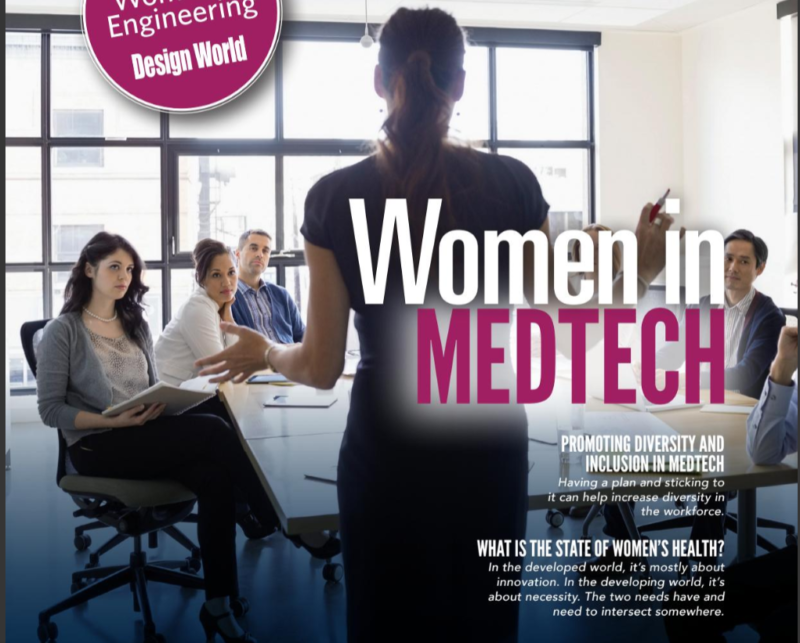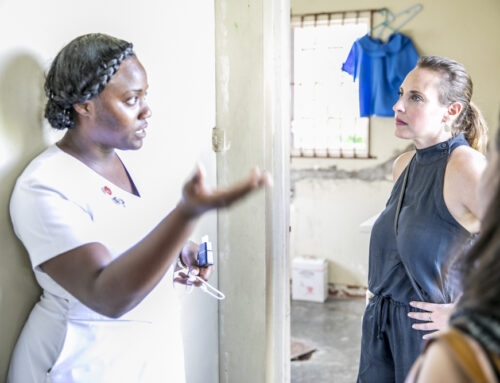In the developed world, it’s mostly about innovation. In the developing world, it’s about necessity. The two needs have and need to intersect somewhere.
Women’s health care is a constantly evolving space with new studies, new technology and new markets.
Since about half of the world’s population is women—3.73 billion, to be exact—it only makes sense that we create and design products geared specifically to their needs.
As the World Health Organization relates, the state of women’s health matters, too: “Being a man or a woman has a significant impact on health, as a result of both biological and gender-related differences. The health of women and girls is of particular concern because, in many societies, they are disadvantaged by discrimination rooted in sociocultural factors.”
In the developed world, we focus on the newest innovation, the latest tech and the highest degree of imaging for absolute perfection and ease. In the developing world, we focus on necessities and basic care.
There has to be somewhere where the needs of the developed and developing worlds intersect.
Given that we are a global society, the state of women’s health should start to equalize and meet in the middle between high tech and basic necessities at a faster pace than it has in the past and is currently.
Access to technology, to equipment, to medicines, to new innovations and to the tried-and-true is the answer. Women in the developed world have all of that at their fingertips. Women in the developing world barely have access to the basics and when they do, it typically requires significant travel and is considered basic or “good enough.” Mobile health solutions are working to narrow the gap, but mHealth is mostly used for diagnosis. The gap then involves the treatment availability.
Some of the sociocultural factors that prevent women and girls to benefiting from quality health services and attaining the best possible level of health include:
- Unequal power relationships between men and women
- Social norms that decrease education and paid employment opportunities
- Inadequate equipment to treat specific women’s health issues
- An exclusive focus on women’s reproductive roles
- Potential or actual experience of physical, sexual and emotional violence.
Access, availability and proximity are many of the ways the developed world can help the developing world attain the levels of health that we benefit from. Mobile health is one solution, but better technologies to reach the billions who strive to have equity in health is the answer. New solutions to problems affecting the billions of women in the developing world, who have both common and unique medical difficulties from the developed world.
Many studies have shown that when you empower and equip a woman when it comes to her health, she empowers and supports her community. She sends her children to school, including girls, which has shown that for every additional year of education for girls/women of reproductive age receives, child mortality decreased by 9.5%.Increasing women and girls’ education contributes to higher economic growth, up to 50%. Healthy women support and develop their families that in turn develops their community. Without their health, women, children and society cannot progress past their current state.
HERHealthEQ is working to change the state of women’s health around the world. The company is working to provide equity in health to developing countries so that women’s health is on par to men’s. Women need to have their health to be able to send their children to school, to be able to work or start a small business to provide income for their family, and to help their community rise out of poverty. By providing medical devices to diagnose, treat, and prevent the top women’s health issues to developing countries, HERHealthEQ is changing the state of women’s health around the world.





